Causes of Hepatopancreatic Atrophy in Shrimp
When shrimp suffer from hepatopancreatic atrophy and are infected with Vibrio parahaemolyticus from the hatchery, they will die 6 to 10 days after being stocked. Therefore, in addition to the usual indicators, it is important to check the level of hepatopancreas infection when purchasing shrimp post-larvae.

Symptoms
Typically occurs in the first month of farming, making it difficult to detect in smaller shrimp.
Infected shrimp swim sluggishly, congregate near the pond edges, and in many cases, drop to the pond bottom rapidly.
The shell is soft, the gut is either empty or contains little food, often accompanied by muscle opacity.
Shrimp affected by hepatopancreatic atrophy show symptoms such as a shrunken hepatopancreas that appears black, hard, or tough. Upon dissection, the hepatopancreas is visibly reduced in size, does not rupture, and remains intact. When rolled between the thumb and forefinger, it feels rubbery, similar to latex.
Shrimp with hepatopancreatic atrophy die with an empty gut, a black, intact hepatopancreas, and the mortality is scattered rather than sudden. Shrimp that are not infected continue to feed normally. If the weather is favorable, the shrimp’s health may improve, preventing a disease outbreak, and they may recover with good care.
Prevention
Select healthy, disease-free post-larvae. Avoid shrimp that glow, and reduce risk by buying from multiple hatcheries and different batches. Farmers should use PCR to detect diseases before stocking.
If conditions allow, nurse shrimp for 1-3 weeks before stocking, as this strengthens their health and helps them adapt better when introduced into the main pond.
Prepare the pond thoroughly before stocking according to proper protocols, applying biosecurity measures. Remove all black sludge and dry the pond bottom completely. Never use pesticides to kill crabs. Stabilize the water color and disinfect the water 1-2 days before stocking. For old or acid sulfate soil ponds, such as those in the Mekong Delta, eliminate toxic H2S gas 1-2 days before stocking.
Stock shrimp at an appropriate density; avoid overstocking. In case of high stocking densities, ensure an adequate number of aerators to prevent oxygen depletion in the pond. When a portion of the shrimp reach market size, perform selective harvesting.
Use high-quality feed with proper nutritional content and adjust the feed amount to suit each growth stage of the shrimp to avoid excess feed, which can promote bacterial growth. Closely monitor feeding starting from the 20th day to adjust accordingly.
Maintain a stable pH environment, ensuring fluctuations stay within acceptable limits. Low pH may accelerate shrimp growth, but frequent molting due to this condition increases susceptibility to bacterial infections. Alkalinity should reach 100 ppm and gradually increase to 150 ppm by the end of the season.
Maintain the necessary oxygen levels in the pond.
Contact AQUA MINA for consultation and to supply floating round tanks and aquaculture equipment for high-tech shrimp farming operations.
- Address: No. 685 Highway 1A, Binh Hung Hoa Ward, Binh Tan District, Ho Chi Minh City, Vietnam
- Tell: 1800 6071 (Toll-free)
- Email: sales@aquamina.com.vn or oversea@aquamina.com.vn
Exclusive Distributor of AQUA MINA in Japan:
REX INDUSTRIES CO.,LTD
- Address: 1-9-3 Hishiya-Higashi, Higashi-Osaka 578-0948 JAPAN
- Email: kimakubo@rexind.co.jp
- Tel: +81-(0)72-961-9893
- Website: www.rexind.co.jp/e/
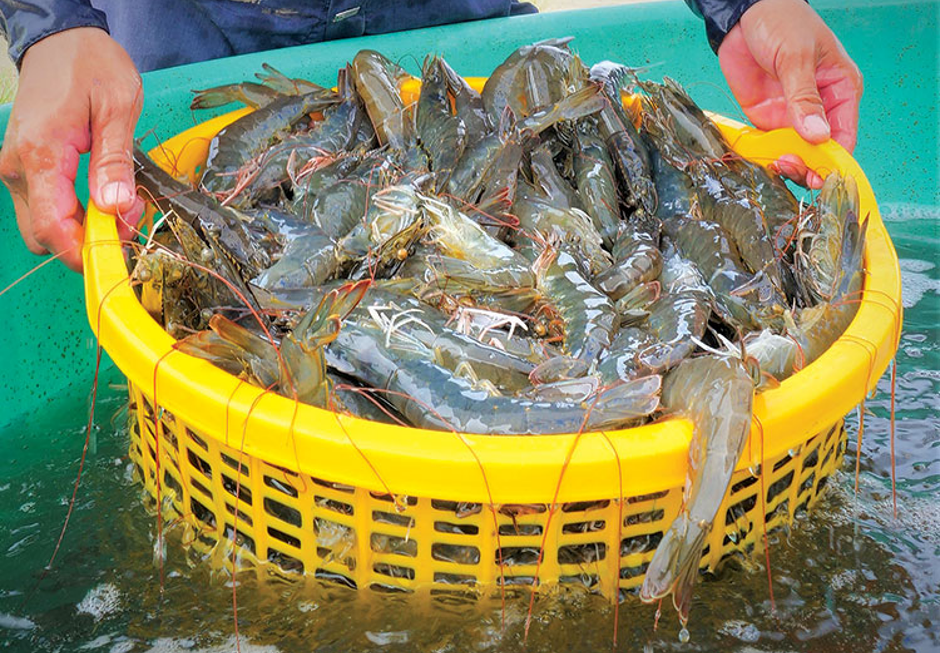
Ngày đăng : 26/10/2024
2027 View
Other Articles
Vietnamese shrimp and catfish choose a sustainable path in global competition
End-of-Season Shrimp Prices Reach Record Highs
Norway – Russia Reach Barents Sea Fisheries Agreement for 2026
Cà Mau strengthens traceability to enhance the competitiveness of the shrimp industry.
Cold stress: Effects on the plasma characteristics of whiteleg shrimp.
A new breakthrough in the prevention of diseases caused by the microsporidian parasite EHP in shrimp farming
Vietnam’s shrimp export outlook in the first quarter of 2026 continues to face heavy pressure from tariffs.
New England’s shrimp fishery to shut down for the long haul after years of decline
Crab exports to the United States account for more than 80%.
Thailand sets a target to increase shrimp production to 400,000 tons by 2026.
CTU-RAS: Recirculating Shrimp Farming for Sustainable Development
Vietnamese aquatic products reach new markets








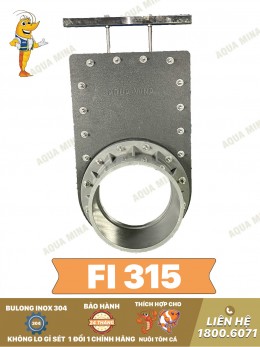
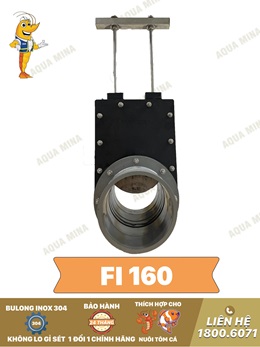

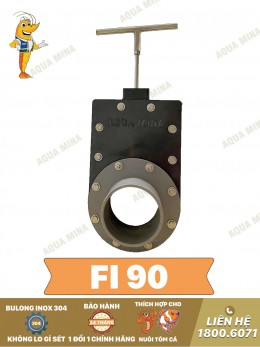
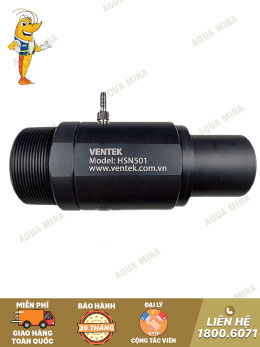
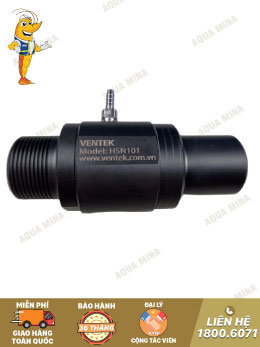

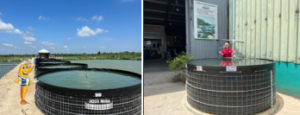
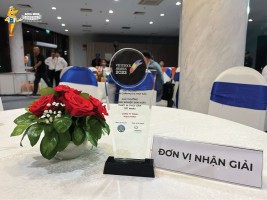
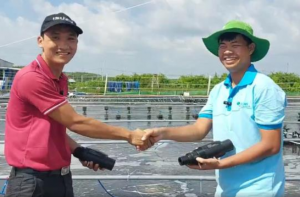
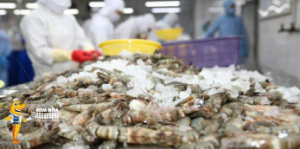
.jpg)